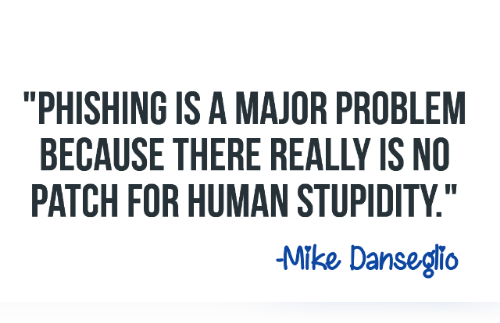
Phishing websites are frequently created by cybercriminals to seem a lot like real bank websites. They then circulate these fake links using SMS, social media, email, and SMS. Never click on links that you are unfamiliar with or unvarified.Scammers might call you and pose as bank officials in an attempt to obtain sensitive information from you. Never give out your card details, CVV, OTP, login, or password over the phone or on social media.Remember,Recall that these details will never be requested by legitimate banks.To gain access to your bank information and take over your device, scammers might offer you to download a screen-sharing application. Downloading such apps is never advised unless absolutely essential, and you should always exercise caution when allowing someone else to remotely access your smartphone.When asked to download an app by someone you don’t know, stay away from installing it from unreliable or unknown sources. Check user reviews, validate the publisher, and carefully read the app’s permissions and data access requests.On online sales platforms, scammers may pose as customers and seem to be interested in your product in an effort to trick you into entering your PIN or password in order to make payments. Never provide personal information or input passwords in order to get money; always use caution.











